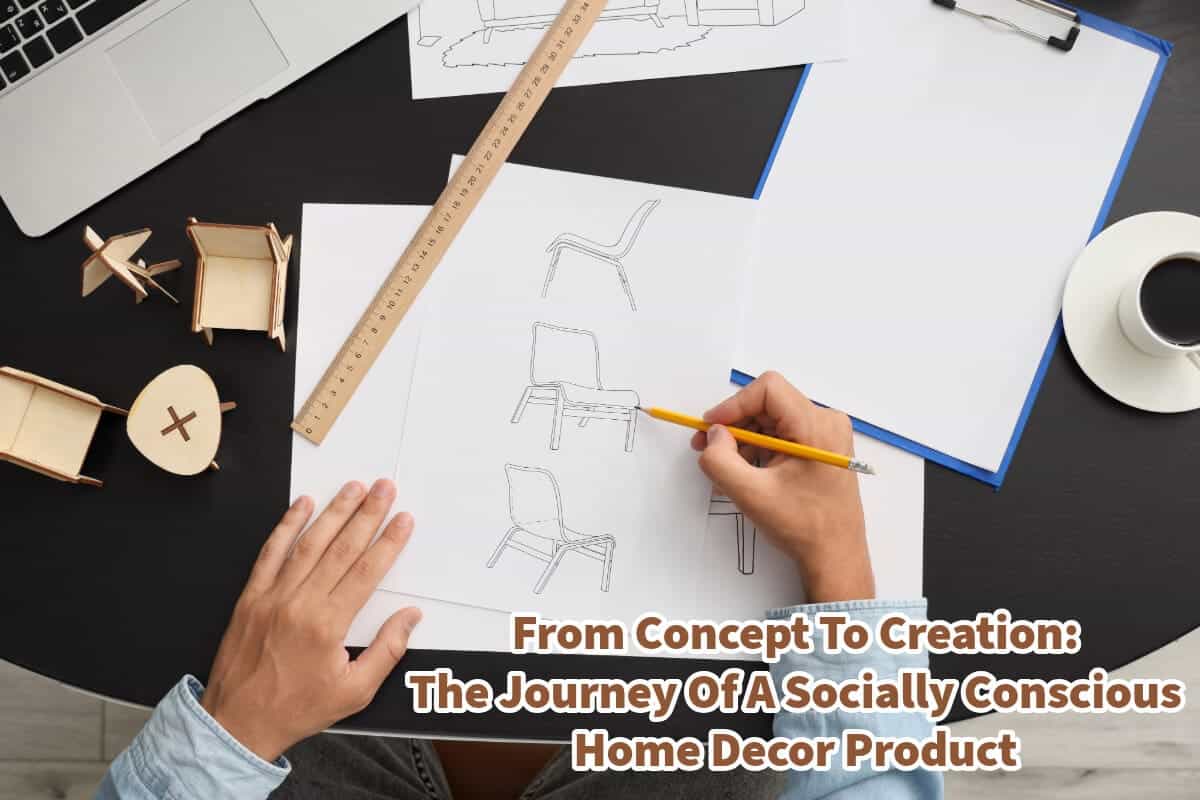In today’s world, consumers are increasingly seeking products that reflect their social and environmental values.
At Mondoro, we are proud to be at the forefront of socially conscious home decor manufacturing. We believe that a product’s journey from concept to creation should not only focus on aesthetics and functionality but also embrace ethical manufacturing principles and environmental sustainability.
Table of Contents
- Steps To Creating a Socially Conscious Home Decor Product
- Step 1: The Design Phase – Turning Ideas into Reality
- Step 2: Documentation – Ensuring Transparency and Organization
- Step 3: Material Selection – Choosing Sustainable Options
- Step 4: Creating Molds – The Foundation of Production
- Step 5: Developing Samples – From Concept to Reality
- Step 6: Manufacturing – Producing a Socially Conscious Product
- Creating a Socially Conscious Product
- Related Content
Steps To Creating a Socially Conscious Home Decor Product
Creating a socially conscious product is more than a process—it’s a commitment. At Mondoro, we are passionate about ensuring that every product we design and manufacture aligns with our core values.
Read on as we will explain the steps we take to develop a home decor product, from the initial design phase to final production, while maintaining our dedication to sustainable practices, fair labor, and quality craftsmanship.
Step 1: The Design Phase – Turning Ideas into Reality
Every product starts with an idea. At Mondoro, the design phase is one of the most critical parts of the product development journey. It’s where our team translates ideas into tangible concepts while ensuring that the product will meet our social, environmental, and functional standards.
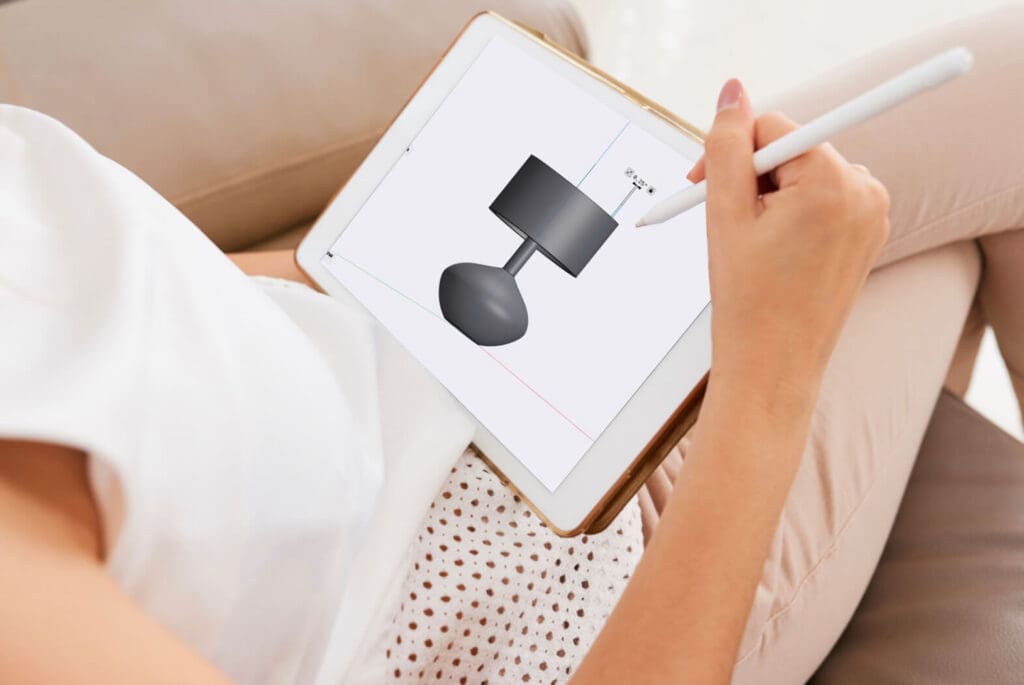
The Role of Technology in Design
Technology plays a crucial role in our design process. We utilize cutting-edge design programs like Shapr3D, Blender, and Procreate to create detailed 3D models of our products.
These tools allow us to visualize the product in a virtual space, tweak designs, and ensure that every product element meets the requirements. By creating 3D models, we can foresee and address potential manufacturing challenges early.
In addition to these design programs, Mondoro has begun embracing AI-powered design tools. Artificial intelligence allows us to quickly generate multiple design variations, providing our team with creative insights that may not have been immediately apparent.
By harnessing AI in our design process, we can refine and optimize our designs more efficiently while ensuring they meet our high standards for sustainability and functionality.
Social and Environmental Considerations in Design
A crucial aspect of designing a socially conscious product is ensuring it adheres to our social and environmental values. During the design phase, we actively think about the following:
- Sustainability: How can we reduce waste in the manufacturing process? Can we use recycled or upcycled materials? Is the product designed to last and be durable, reducing the need for replacements?
- Ethical Labor: Are we working with suppliers that adhere to fair labor practices? Can the design be produced without requiring workers to be exposed to hazardous conditions?
- Functionality and Aesthetic Appeal: Will this product effectively serve its purpose and meet our customers’ visual expectations?
By integrating these considerations from the outset, we can ensure that the product adheres to our values throughout the process.
Step 2: Documentation – Ensuring Transparency and Organization
Clear documentation is essential in the product development process. It allows us to track progress, manage resources efficiently, and stay aligned with our social and environmental objectives.
At Mondoro, we prioritize transparency and accountability, and Trello is one tool that helps us achieve this.
Trello: Managing the Product Development Process
Trello allows us to organize the entire product development process on a single platform. We create a separate board for each product, detailing every step from design to final production.
The product moves through different stages of development, and each stage is carefully documented. This allows us to keep everyone on the team aligned and ensure that nothing slips through the cracks.
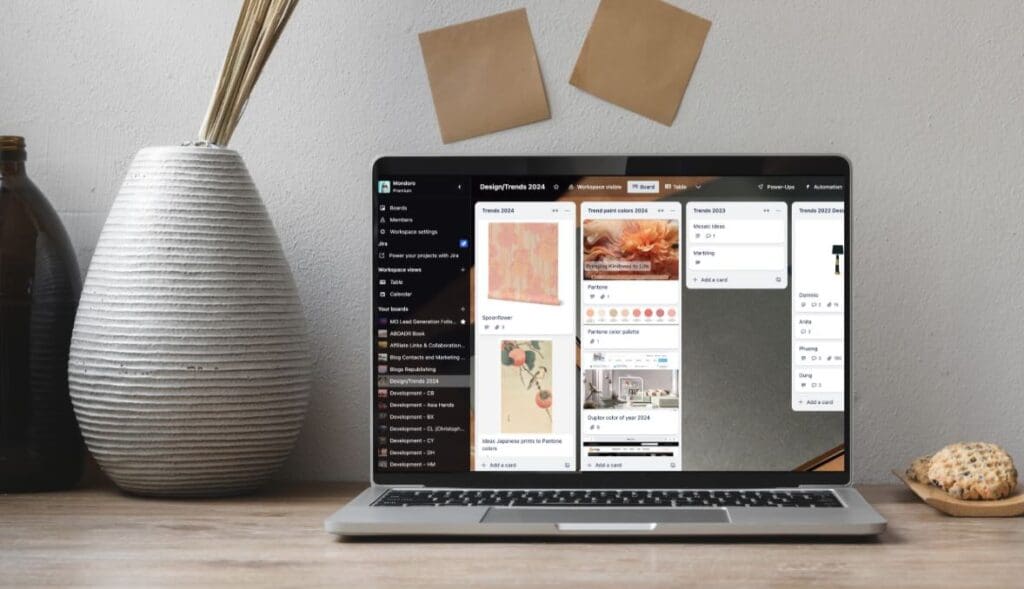
- Design Documentation: All the initial design work, including 3D models and sketches, is uploaded to Trello. This makes it easy for our team to review and provide feedback on designs at every stage of development.
- Material Sourcing and Sustainability: Trello also helps us document where materials are sourced, ensuring we use sustainable, ethically sourced materials.
- Production Timeline: By tracking the entire development process, we can ensure that our manufacturing timelines are met without compromising quality or our commitment to fair labor practices.
Trello’s visual workflow management helps us stay organized while offering transparency across teams. It lets us keep everyone in the loop, including suppliers and clients.
Step 3: Material Selection – Choosing Sustainable Options
One of the most significant aspects of creating a socially conscious product is the selection of materials. At Mondoro, we are committed to using the most sustainable materials possible without compromising quality.
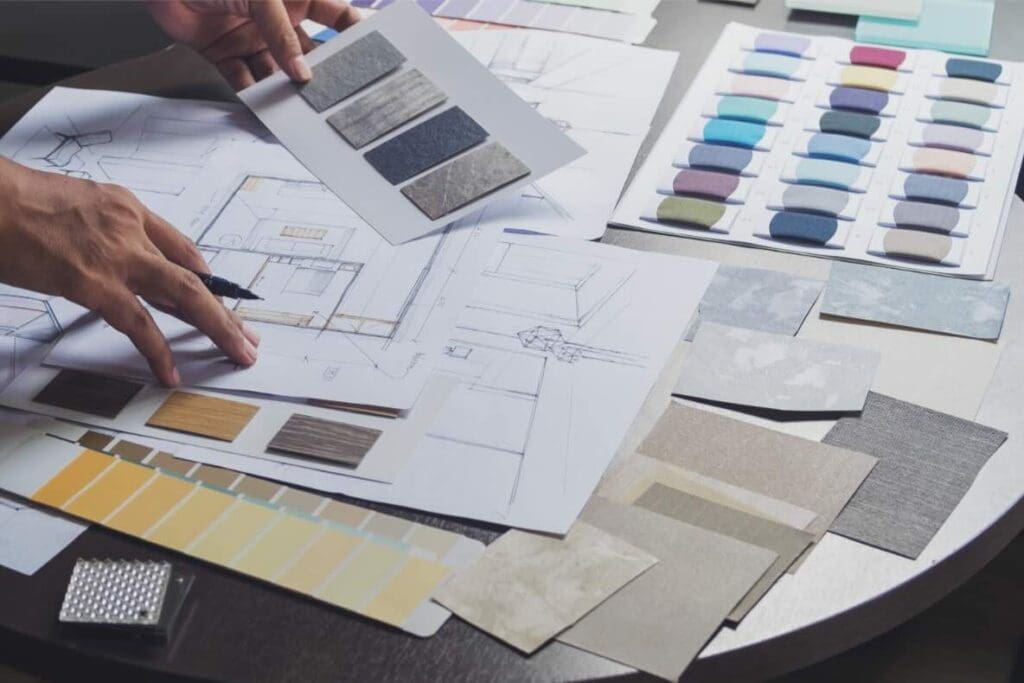
Sustainable Materials in Home Decor
Sourcing sustainable materials is a critical part of our process. We work closely with suppliers to ensure that the raw materials used in our products are responsibly harvested or recycled. Whether wood, metals, fabrics, or resins, we prioritize materials with minimal environmental impact.
- Recycled Materials: Whenever possible, we opt for recycled or upcycled materials, which reduce waste and minimize our carbon footprint.
- Sustainably Harvested Wood: For wooden products, we ensure that the wood is sourced from sustainable forestry practices. We look for certifications such as FSC (Forest Stewardship Council) to guarantee that the materials are not contributing to deforestation or habitat destruction.
- Eco-Friendly Resins and Finishes: For products that require coatings or finishes, such as our lacquered items, we use non-toxic, eco-friendly options. This reduces the environmental impact and ensures that the workers involved in applying the finishes are not exposed to harmful chemicals.
Checking Material Quality
Sustainability is only one part of the equation. Quality is equally important. Once we have identified the materials, we rigorously test them to ensure they meet our high durability and aesthetic appeal standards. Our goal is to create products that are not only beautiful and functional but also long-lasting, further reducing waste over time.
Step 4: Creating Molds – The Foundation of Production
Creating molds is necessary for manufacturing many home decor products, especially for furniture hardware, decorative accents, or custom pieces. Molds are critical in ensuring that the final product is precise and consistent.
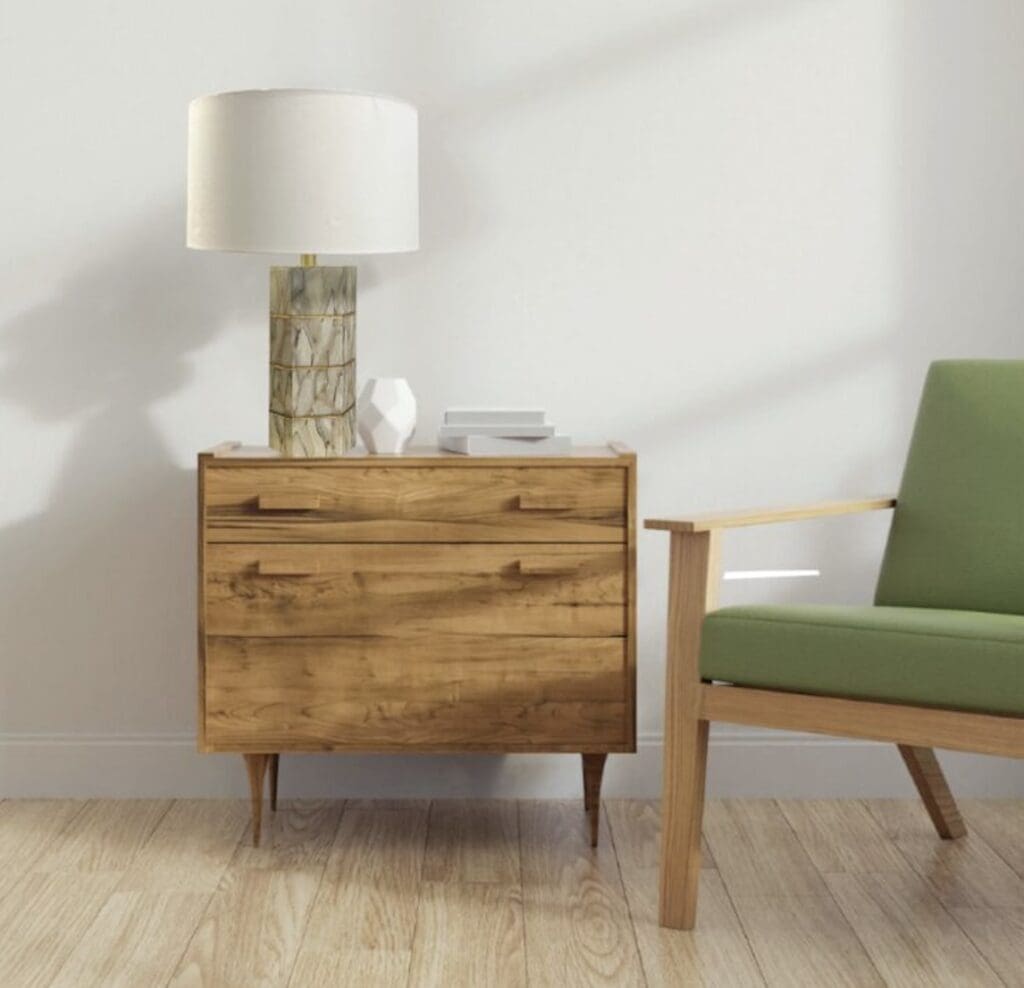
The Mold-Making Process
We move to the mold-making phase once the materials are selected and the design is finalized. This involves:
- Prototyping: We first create a prototype of the product or part of the product that will require a mold. This prototype is essential for ensuring the final product matches the design specifications.
- Sustainable Mold-Making: We ensure that our mold-making process adheres to sustainable practices. For example, we look for reusable or recyclable materials when possible, minimizing waste in the mold creation phase.
- Worker Safety: The mold-making process can be labor-intensive, and we ensure that the workers involved are provided with safe working conditions and proper protective equipment.
Mold-making is a highly specialized skill, and by working with experienced craftsmen, we ensure that the final product is high-quality and reflects our commitment to ethical production practices.
Step 5: Developing Samples – From Concept to Reality
Once the design is finalized, the materials are sourced, and the molds are created, we develop samples. This is where the product truly comes to life, and we can see the physical result of all the previous planning and preparation.
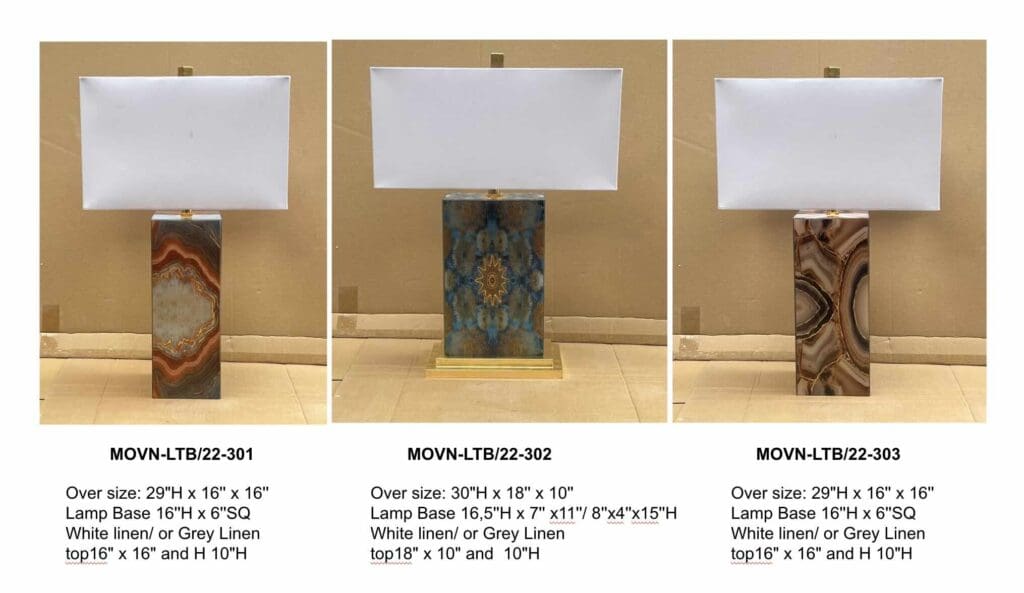
The Importance of Sample Development
Sample development allows us to:
- Test the Design: By creating a sample, we can ensure the design works as intended and meets the functional and aesthetic goals.
- Evaluate Sustainability and Quality: Samples also help us evaluate whether the materials and production methods are sustainable, durable, and of the highest quality.
- Refine the Process: If any issues arise during the sample development phase, we can adjust before moving into full-scale production. This ensures that the final product meets our social and environmental standards.
We take great pride in developing samples that closely match the final product. This process allows us to provide clients with a tangible representation of the product before committing to large-scale production.
Step 6: Manufacturing – Producing a Socially Conscious Product
With the samples approved, we move into the manufacturing phase. At Mondoro, we manufacture and export our products to meet our clients’ quality, quantity, and price requirements. Our manufacturing processes are designed to be both socially conscious and environmentally sustainable.
Ethical Manufacturing Practices
Our commitment to ethical manufacturing means that we:
- Ensure Fair Labor Practices: We work with suppliers who adhere to strict fair labor practices. This includes paying workers a living wage, providing safe working conditions, and never employing child or forced labor.
- Reduce Waste and Energy Usage: We strive to minimize waste during production by optimizing materials and energy usage. This helps to lower the overall environmental impact of our manufacturing processes.
- Focus on Quality Control: Quality control is critical to our manufacturing process. Maintaining strict quality standards ensures our products are long-lasting, reducing the need for replacements and contributing to a more sustainable consumption cycle.

Social and Environmental Accountability
As part of our commitment to transparency, we regularly audit our manufacturing processes to ensure compliance with our social and environmental values. By doing so, we can provide our customers with peace of mind, knowing that their home decor products are created in an ethical and environmentally responsible manner.
Creating a Socially Conscious Product
The journey from concept to creating a socially conscious home decor product is complex and rewarding.
At Mondoro, we are proud to take every step necessary to ensure our products reflect our social and environmental values. From the design phase, where we prioritize sustainability and fair labor, to the final manufacturing stage, where we focus on ethical production and quality control, we are committed to creating products that make a positive impact.
Find out more about how Mondoro can help you create, develop, and manufacture excellent home decor and furniture products – don’t hesitate to contact me, Anita. Check out my email by clicking here or become a part of our community and join our newsletter by clicking here.
Mondoro gives out a FREE Lookbook to anyone interested. You can receive a copy of our latest Lookbook by clicking here.
Listen to our Podcast called Global Trade Gal. You can find it on all major podcast platforms. Try out listening to one of our podcasts by clicking here.
Subscribe to our Mondoro Company Limited YouTube Channel with great videos and information by clicking here.
Related Content
High Point Furniture Market, Insider Tips And Guide
I have attended the High Point Furniture Market twice a year for almost 30 years. During this time, I have learned some of the best ways to attend the market, and what first-time or any market attendees should do. If this is your first time at the High Point Furniture market, most people do not realize how huge the market is, so you need to plan, be prepared, wear comfortable shoes, and know what you are looking to buy or accomplish at the market.
You can learn more by reading High Point Furniture Market, Insider Tips And Guide by clicking here.
Where Do Small Furniture Stores Get Their Furniture?
Many small furniture stores will buy their products wholesale from a wholesale furniture company. Many companies in the United States wholesale furniture to small furniture stores. Other small furniture stores may decide they want to manufacture or produce the products themselves. Successful stores have used both methods to source furniture for them to sell in their store.
By clicking here, you can learn more by reading our blog, Where Do Small Furniture Stores Get Their Furniture? by clicking here.
Where To Buy Home Decor Items For Retail Or Your Online Store?
If you are looking to start an online or retail store, one of the most significant issues that most people face is knowing where to buy the home decor items for their online or retail store. We have been producing home decor products for over 20 years; we have experience in knowing where to buy home decor items.
You can learn more by reading our blog, Where To Buy Home Decor Items For Retail Or Your Online Store?, by clicking here.

